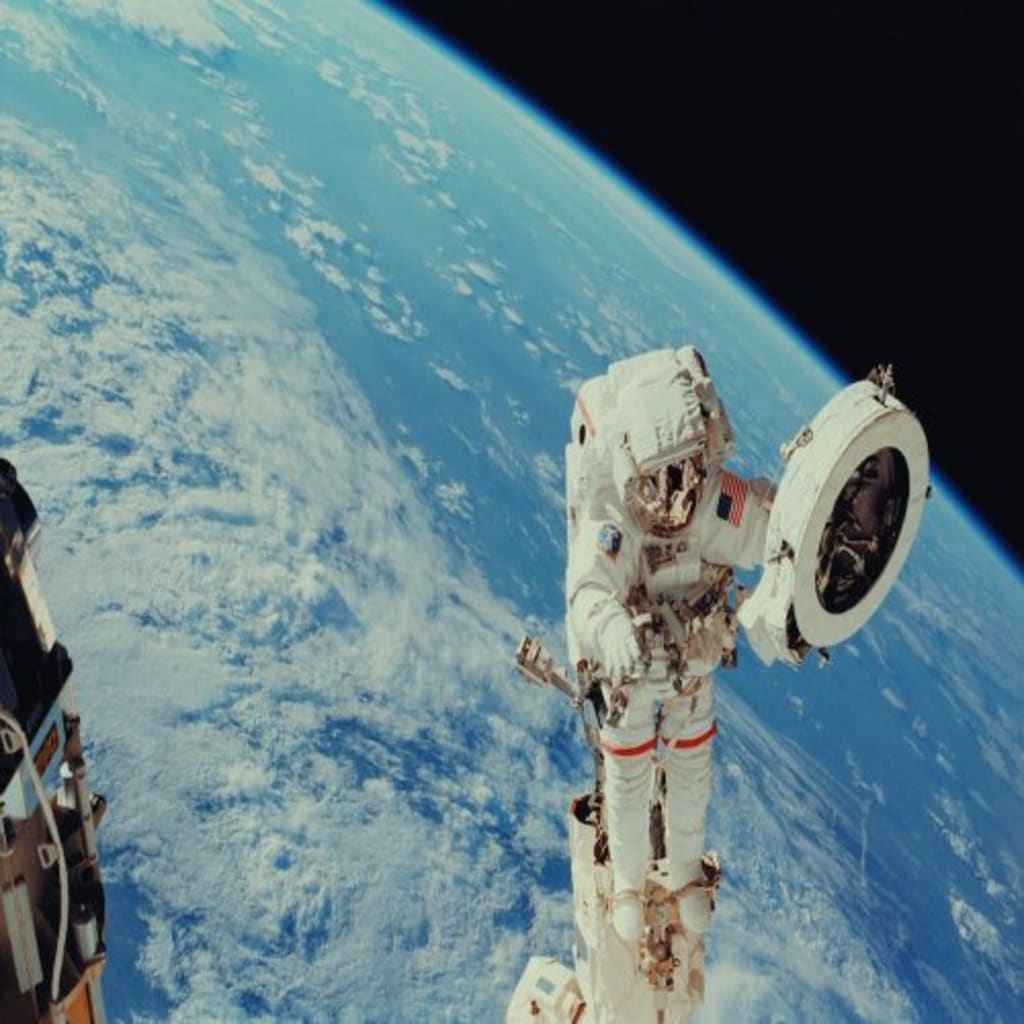
NASA's Artemis program is an ambitious space exploration initiative that aims to return humans to the Moon, establish sustainable lunar exploration, and pave the way for future human missions to Mars. Named after the twin sister of Apollo in Greek mythology, the Artemis program builds on the legacy of the Apollo program while incorporating modern technology and international partnerships to achieve its goals.
The Artemis program was announced by NASA in March 2019, with the initial goal of landing astronauts on the Moon by 2024. This timeline was later adjusted to 2025-2026 due to funding constraints and technical challenges. The program has since been reevaluated by the Biden administration and the timeline may be adjusted again. Nevertheless, the program is moving forward with a focus on building the necessary infrastructure and capabilities to support long-term human exploration of the Moon.
One of the key components of the Artemis program is the development of the Space Launch System (SLS), a powerful rocket that will be capable of launching heavy payloads and crewed spacecraft beyond low Earth orbit. The SLS will be used to launch the Orion spacecraft, which will carry astronauts to the Moon and back. The Orion spacecraft is being developed by NASA in collaboration with several commercial partners, including Lockheed Martin, Northrop Grumman, and Boeing.
In addition to the SLS and Orion spacecraft, the Artemis program is also focused on developing a lunar Gateway, a space station in lunar orbit that will serve as a staging area for human missions to the Moon. The Gateway will be used to test new technologies, conduct scientific research, and support crewed missions to the lunar surface. The Gateway is being developed in collaboration with international partners, including Canada, Europe, and Japan.
Read more interesting and entertainment articles by click here -
The Artemis program also includes plans to establish a sustainable presence on the Moon by developing infrastructure such as habitats, rovers, and other equipment that will enable long-term exploration and utilization of lunar resources. This infrastructure will be designed to support not only human missions but also future robotic missions to the Moon and other destinations in the solar system.
One of the primary objectives of the Artemis program is to conduct scientific research on the Moon and use the knowledge gained to better understand the formation and evolution of the solar system. The Moon's surface and subsurface contain valuable resources such as water, helium-3, and rare earth metals, which could be used to support future human exploration and commercial activities. By studying the Moon's geology, chemistry, and mineralogy, scientists hope to gain a better understanding of the Moon's history and potential for supporting life.
The Artemis program has already achieved several major milestones, including the successful launch and testing of the Orion spacecraft and the completion of the first flight test of the SLS rocket. NASA has also awarded contracts to several commercial partners to develop lunar landers that will be used to transport astronauts to the lunar surface.
One of the unique aspects of the Artemis program is its focus on international partnerships. NASA is collaborating with several countries, including Canada, Europe, Japan, and Australia, to develop the necessary technologies and infrastructure for long-term lunar exploration. These partnerships will allow NASA to share the costs and risks of the program while leveraging the expertise and resources of its international partners.
The Artemis program has also prioritized diversity and inclusion, with a goal of sending the first woman and person of color to the Moon. NASA has established the Artemis Generation, a group of young people who will be inspired to pursue careers in science, technology, engineering, and mathematics (STEM) by the program's achievements.
Despite its ambitious goals and impressive achievements, the Artemis program still faces many challenges and uncertainties. The program's funding and timeline are subject to political and budgetary constraints, and technical issues could arise during the development and testing of the necessary hardware and infrastructure. Additionally,






Comments
There are no comments for this story
Be the first to respond and start the conversation.